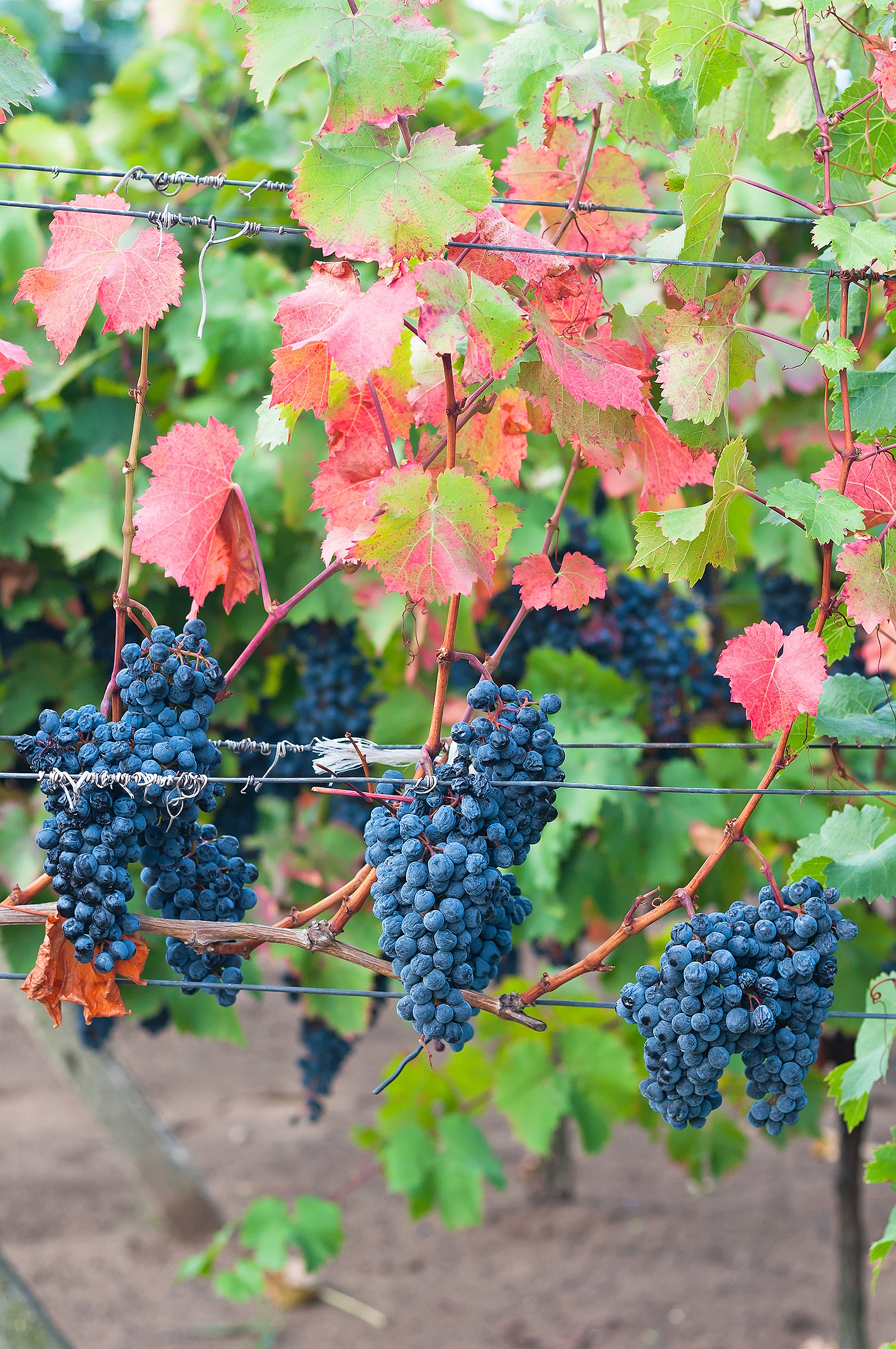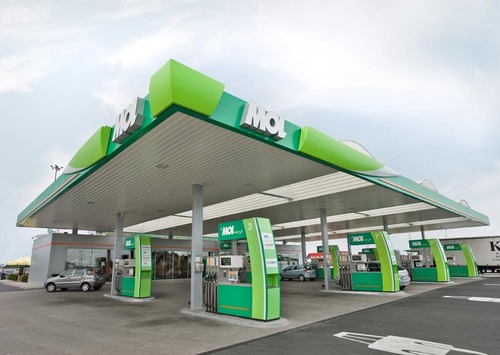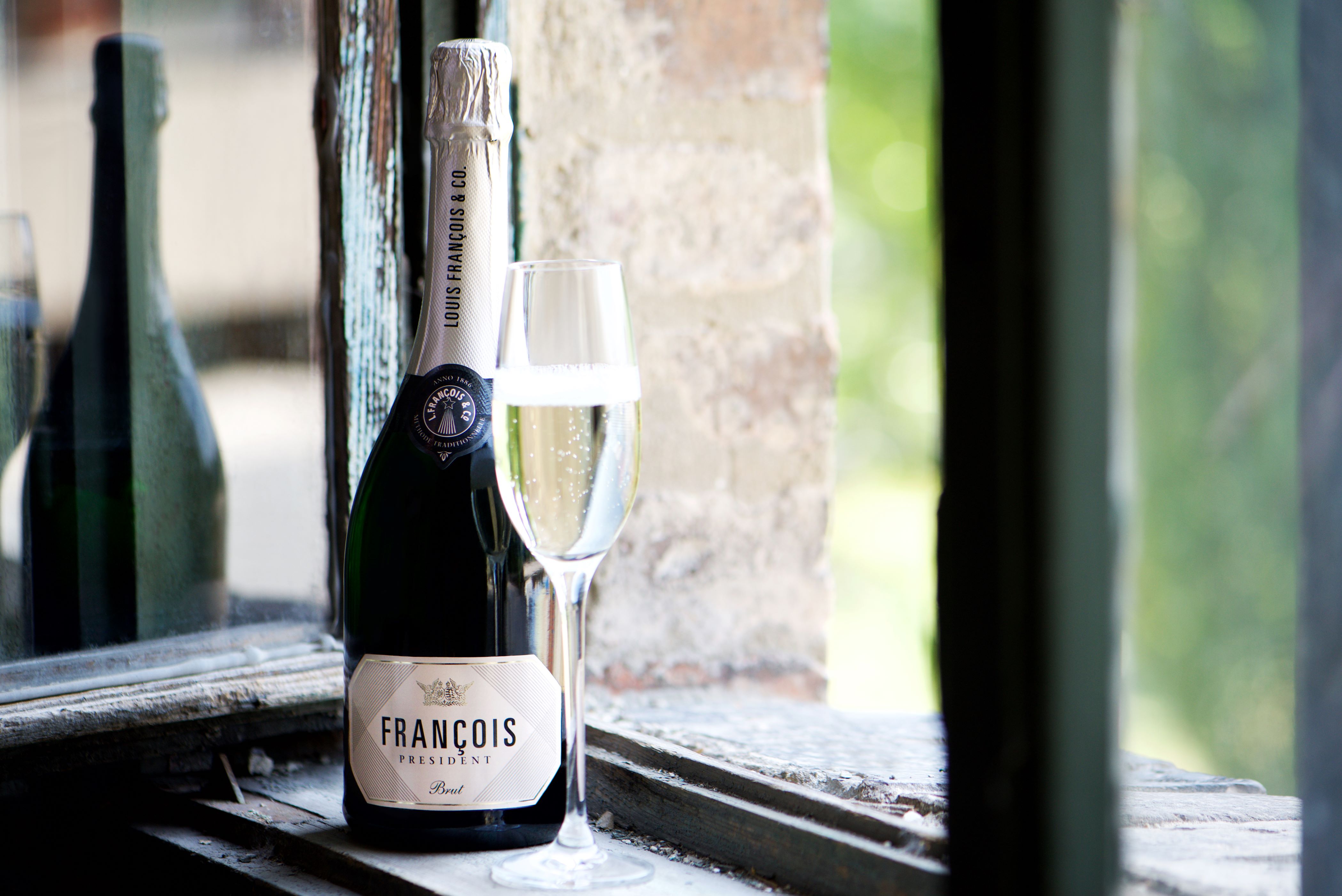The Complementary ‘K’ Grapes

Photo by kviktor / Shutterstock.com
On a recent tour of Szekszárd, it was evident how important the black grape varieties Kadarka and Kékfrankos are to the local wine culture, both as single varietals and as critical components of the Bikavér (Bull’s Blood) blends.
While there is plenty of fervor for the frisky yet fragile former, with winemakers barely able to make enough of it to quench consumer thirst, the latter continues to be a hard sell, despite some gorgeous wines being produced. Winemaker after winemaker in Szekszárd described the antipathy of domestic consumers to this late-ripening variety.
Many wine lovers undoubtedly still conjure up in their minds the caustic, thin, and sometimes vinegary Kékfrankos wines of the past. This is a pity as not only is this pan-Central European grape Hungary’s most planted variety, it is highly reliable in the vineyard and nowhere near as tricky to grow as the sensitive, uneven-ripening, and disease-prone Kadarka. Kékfrankos delivers good to very good wine vintage after vintage, to boot.
It is capable of really high quality, as the Austrians have shown with world-class wines made from the same grape over the border in Burgenland, where it is known as Blaufränkisch. Some equally impressive offerings are currently being made around Hungary, now that winemakers have come to appreciate how good it can be and have also put more focus on indigenous varietals.
When yields are sufficiently low, Kékfrankos makes fruity and flavorsome wine that is sometimes floral but also vibrant with zesty acidity. It is nicely structured and easy to drink with its medium-bodied rather than full-bodied character. It also develops beautifully with age as the tannins become delightfully fine-grained.
Even in Hungary, but more especially internationally, tastes are starting to favor elegance over intensity, which suits this grape’s natural characteristics. (Try to dress it up in oak to add body and weight, and it tends to fall flat trying to become something that it is not.)
Good Articulator
Kékfrankos is also starting to prove itself as a good articulator of terroir, something that comes across very nicely in a trio of single-vineyard wines from Heimann Családi Birtok, as part of the 2019 vintage from the Heimann & Fiai (Sons) range.
While being harvested on different days, the vinification is essentially the same for all three wines of the 2019 vintage: All were spontaneously fermented in whole bunches. Zoltán Heimann Jr., who studied winemaking in Geisenheim, Germany, and worked at various wineries abroad, says this can add more layers and length to the wine, though less color.
They were then aged in large barrels to preserve the fruitiness, with little sulfur added at bottling. The first wine comes from the protected Bati Kereszt vineyard, where the grapes ripen late and exude a floral character. Alongside this is the offering from the sunny, southeast-facing, and open Baranya-völgy vineyard, which absorbs the heat from the Great Plain and forms a rich, robust wine.
Finally, there is Szívem, which is a plot of old-vine Kékfrankos planted in the Baranya-völgy in 1969 that yields a very concentrated yet pleasantly airy, vibrant, and elegant wine with seductive aromas. The first two cost HUF 5,650 and the third HUF 9,800 from Bortársaság.
Heimann Jr. sees the Heimann & Fiai range as an opportunity to develop stylistically with the Kadarka and Kékfrankos grape varieties. He is just as obsessed with the former, and his Facebook handle is, in fact, Kadarka Man. The two grapes complement each other so well, with Kékfrankos offering bags of fruit and spiciness, though with more body attached, while Kadarka is lighter and more playful with tongue-tingling acids.
Fragile Glory
This latter grape is going from strength to strength, especially now that winemakers are starting to allow it to express itself in all its fragile glory, rather than hiding its true character behind a cloak of oak. Instead, large used barrels have become the norm, or even Flexcubes with a few oak staves inserted to give just a hint of wood.
Szekszárd, where the grape was not completely downtrodden during communism, is considered a stronghold of Kadarka, with fabulously featherlight, pale ruby wines being made from the widespread P9 clone, as well as more complex offerings from clones from older vines, or a mix.
Tasted from the barrel in October, János Németh’s Kadarka 2021 had a delicious peppery character. This wine includes the P9 but also other clones. Németh says the P9 makes spicy wines, but its compact grape bunches can be too tight and make it highly susceptible to disease, meaning that good wine can only be produced in excellent, disease-free vintages. The other clones have looser bunches.
Outstanding Kadarkas are now being produced in other regions too. From Eger, Orsolya Pince’s Kadarka 2018 comes from 11 clones in two vineyards in the village of Ostoros and is zesty yet balanced, with notes of hibiscus, cloves, pomegranate, and anise.
The Orsolya cellar believes the use of different clones is the secret to a good Kadarka. These were selected from vines belonging to József Szentesi in the Etyek Buda region (with the cooperation of the Pécs Research Institute), as well as the Ménes clone, which is behind the immensely popular and quite different Kadarka of Géza Balla, whose winery is just across the Romanian border and close to Arad.
Szentesi (sometimes known as “The Mad Professor”) also makes fine Kadarka and works with a pile of ancient Hungarian varieties that hail from the pre-phylloxera era.
From Hajósipincefalu (considered to be the world’s biggest cellar village) in the Hajos-Baja wine region, the bijou Sziegl Pince, which follows a natural approach, has two exceptional single-vineyard bottlings of Kadarka that serve up different aspects of the grape variety and are well worth searching out.
This article was first published in the Budapest Business Journal print issue of November 19, 2021.
SUPPORT THE BUDAPEST BUSINESS JOURNAL
Producing journalism that is worthy of the name is a costly business. For 27 years, the publishers, editors and reporters of the Budapest Business Journal have striven to bring you business news that works, information that you can trust, that is factual, accurate and presented without fear or favor.
Newspaper organizations across the globe have struggled to find a business model that allows them to continue to excel, without compromising their ability to perform. Most recently, some have experimented with the idea of involving their most important stakeholders, their readers.
We would like to offer that same opportunity to our readers. We would like to invite you to help us deliver the quality business journalism you require. Hit our Support the BBJ button and you can choose the how much and how often you send us your contributions.








